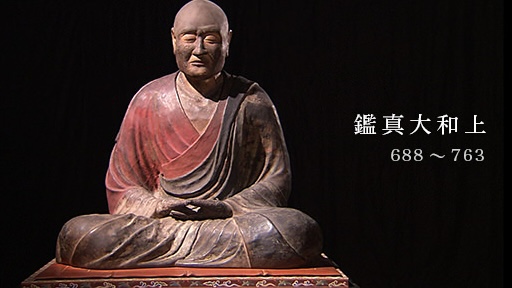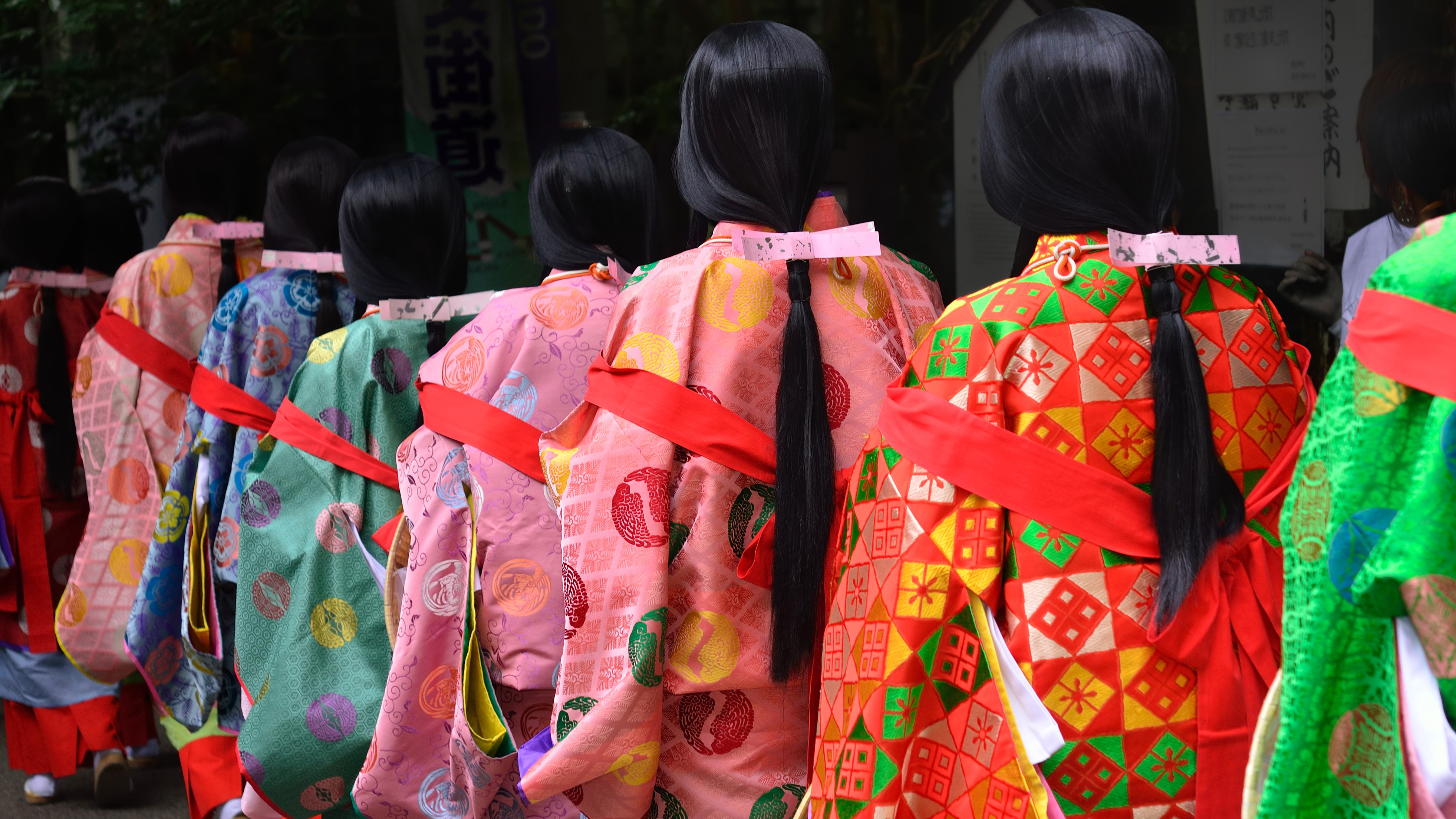History of Japanese Incense
The story of Japanese incense begins with its introduction through Buddhism…
The use of incense in Japan is said to have been introduced in 538 AD, coinciding with the arrival of Buddhism from the Asian mainland. At this time, incense, specifically “shoko” (burned incense), became an essential part of Buddhist rituals, serving as a sacred offering to Buddha. The tradition of using incense in religious practices has been preserved for approximately 1,500 years, deeply ingraining it in Japan’s cultural and spiritual heritage.
Initially, incense in Japan was primarily used for Buddhist rituals, known as “kuyo,” to honor and make offerings to the Buddha. However, during the mid-to-late Nara period, Japanese envoys to Tang China brought back advanced techniques for mixing and creating different incense blends, known as “gaho.” This knowledge marked the beginning of domestic incense production in Japan. Over time, the use of incense extended beyond religious purposes and became a refined pastime among the nobility. By the Heian period, it had evolved into an essential luxury for the aristocratic class, symbolizing sophistication and cultural refinement.
With the establishment of the Kamakura shogunate and the emergence of new Buddhist sects, incense continued to be a crucial element in both religious and cultural practices. In the late Muromachi period, under the patronage of the eighth shogun of the Ashikaga family, Yoshimasa Ashikaga, incense was elevated to an art form known as “kodo” (the Way of Incense), alongside tea ceremony (“chado”) and flower arrangement (“kado”), forming the three classical Japanese arts. Historical records indicate that prominent figures such as Oda Nobunaga, Toyotomi Hideyoshi, and Tokugawa Ieyasu also valued incense highly, integrating it into their courtly culture. By the Edo period, with the implementation of the temple registration system (terauke), Buddhism became a widespread part of daily life, and the use of incense gradually expanded to the general populace.
During the Meiji Restoration, Japan underwent a period of Westernization, and the government’s separation of Shinto and Buddhism (shinbutsu bunri) policies led to a rapid decline in the use of incense, which was closely associated with Buddhist traditions. Over time, the traditional materials used in incense, such as natural plant-based ingredients, were increasingly replaced by synthetic fragrances introduced from the West. However, the traditional incense practices and culture were quietly preserved by tea masters, Buddhist monks, and specialty incense shops, despite the cultural shift. Today, much of the incense culture has become more symbolic than actively practiced.
In recent years, particularly during the COVID-19 pandemic, the practice of using incense has seen a resurgence in popularity as people spend more time at home. This moment presents an opportunity to rediscover the rich history and cultural significance of Japanese incense.









